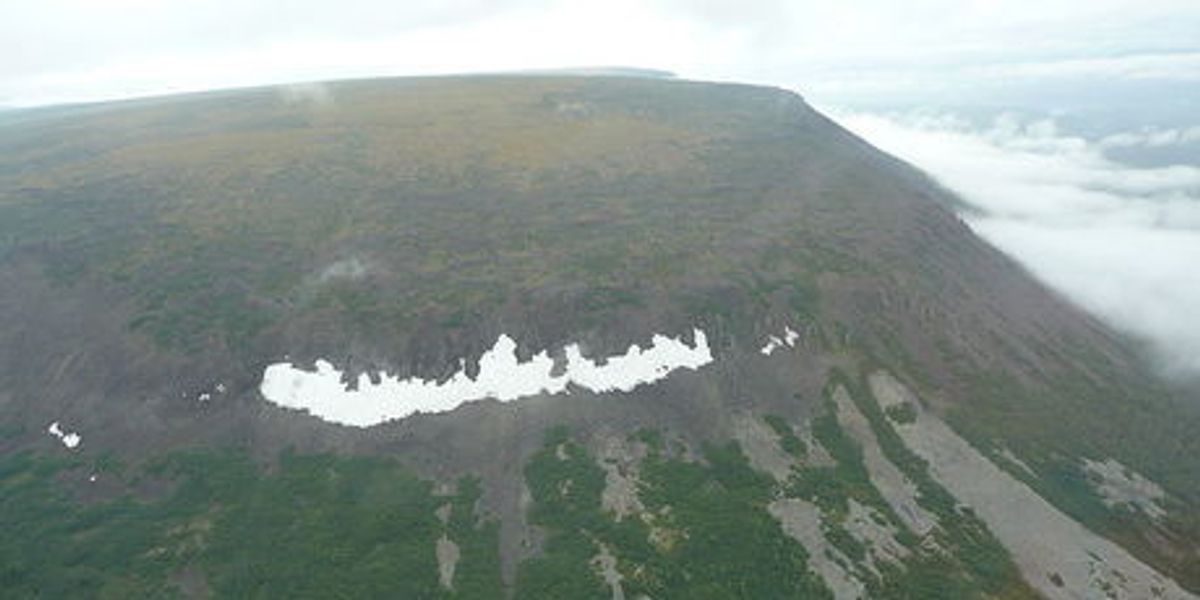Whatever you may think about climate change, there’s no denying that the whole controversial subject has become so intimately intertwined with long-term energy planning, they are inseparable. Just about every press release about any novel energy technology, every public statement in favor of a new energy project, makes reference to expected climate impact. By the same token, every major development in climate science has energy implications.
The issue of Science magazine that appeared yesterday, May 4, carried three articles on the sensitive issue of how much ocean levels may rise in this century as waters warm and glaciers melt. The news is more good than bad. Though there are many uncertainties, the latest research indicates that the rise will not be nearly as high as the worst-case projection of two meters by 2100 and much closer to two thirds of a meter (or two feet).
On the other hand, in news more bad than good, researchers at Stanford and the University of California, Santa Cruz, believe they have shown the Permian extinction that took place 252 million years ago was closely associated with global warming and ocean acidification. Some trends they discern are closely analogous to what we are seeing today.
The lynchpin of the Science magazine report is a research article, "21st Century Evolution of Greenland Outlet Glacier Velocities," which is based on satellite observations of Greenland ice. The scientists found a high degree of variability: "Changes on fast-flow marine-terminating glaciers contrast with steady velocities on ice-shelf–terminating glaciers and slow speeds on land-terminating glaciers. Regionally, glaciers in the northwest accelerated steadily, with more variability in the southeast and relatively steady flow elsewhere."
In a comment piece, Richard B. Alley and Ian Joughin observe, "Early models of the coupled ocean-atmosphere system treated the ice sheets [of Greenland and Antarctica] as static white mountains." A new generation of ice sheet models incorporating more physics, they suggest, may inaugurate an important new phase of geological and climate research.
A second comment by Josh K. Willis and John A. Church argue that there is still a great deal we need to learn about how ocean rises will vary regionally, which will require better understanding of ice sheets and Antarctic precipitation, among other things. The stakes are high, in terms of climate adaptation and mitigation strategies, "Without adaptation, a rise [of average sea levels] by 0.5 m would displace 3.8 million people in the most fertile part of the Nile River Delta. A rise by 2 m could displace 187 million people globally."
Even if the average rise in ocean levels could be close to two feet that two meters, the effects of ocean acidification could be as bad as or worse than pessimists have suggested. In work featured in the New York Times science section on May 1, two California researchers analyzed the Permian extinction in terms of which living beings were most vulnerable. They found that the main marine victims were "genera with poorly buffered respiratory physiology and calcareous shells." That is to say, animals died from a shortage of ocean oxygen, and reduced ability to build shells in water that was warmer and more acidic.
In a second closely related article, the same authors, Jonathan L. Payne (Santa Cruz) and Matthew E. Clapham (Stanford) attribute warming and acidification to widespread volcanic eruptions in the Siberian Traps. "The end-Permian extinction may serve as an important ancient analog for twenty-first century oceans," they warn.
Photo: Puturana Plateau in Siberian Traps



